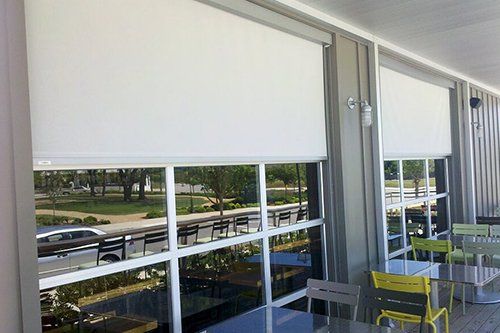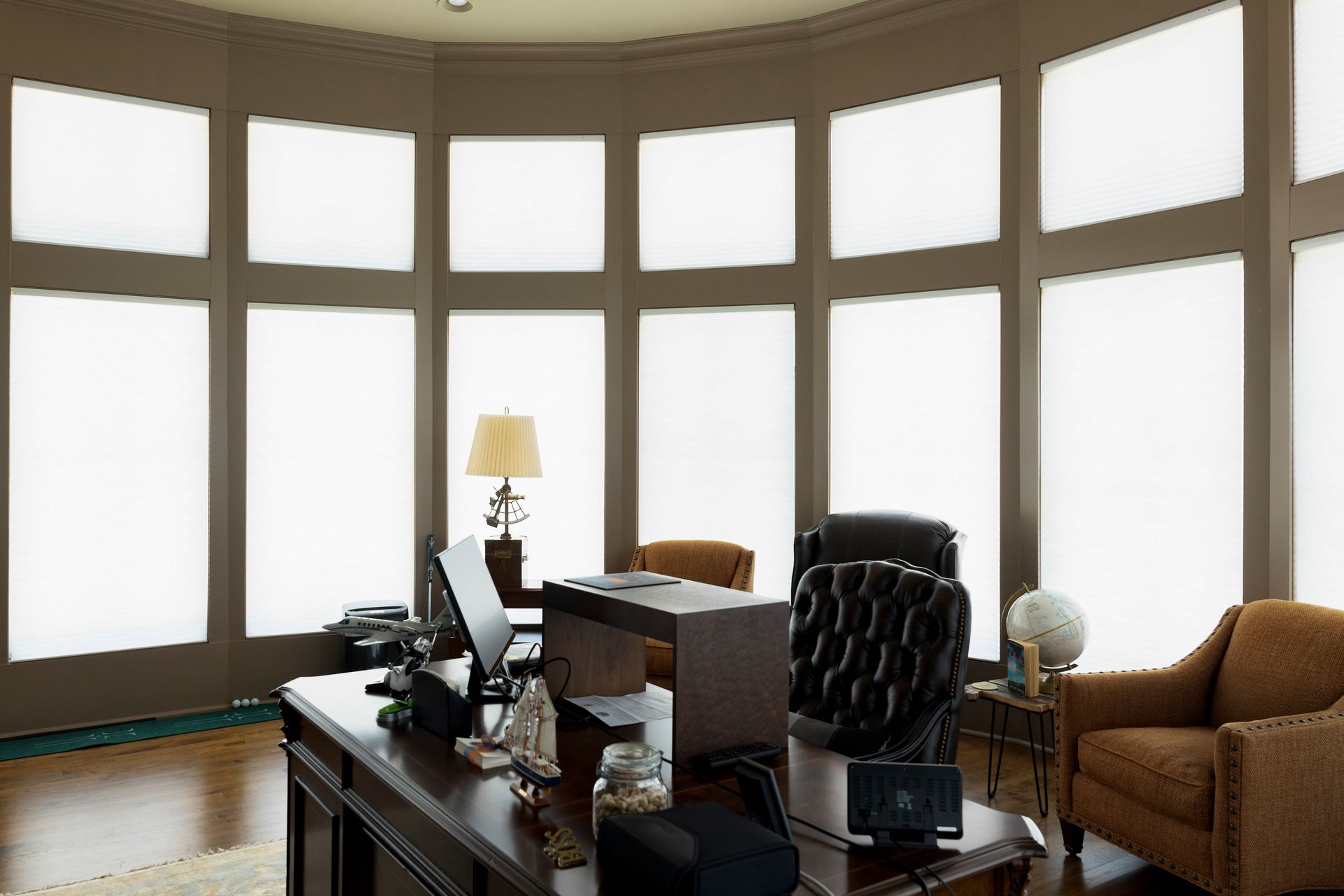One of the most frustrating things that can happen to someone trying to improve their home is to find that they have somehow made a common mistake. That person will be upset that they didn't stop and do a little research prior to making a change. That is why you are here today, and that is why we want to provide you with some details about the most common mistakes that people tend to make when putting up blinds in various rooms. Let's also examine how you can avoid making those same mistakes.
Living Room - Let the Sun Shine In!
A major mistake that many people make when setting up blinds in their living room is that they select an option that does not permit enough natural light to enter the room. Heavier blinds like this might have a look that you like, but you certainly don't want them to block out all of that natural light. That is just setting yourself up for a living room that is gloomy and unnatural. Go with a more lightweight option that allows plenty of light into your living room.
Bathroom - Avoid Moisture Sensitive Blinds
Do you know what there is a lot of in any bathroom? Moisture! From the water running in the faucet to the moisture that gathers in the air after a shower, there is plenty of moisture in the atmosphere in any bathroom. Therefore, you must make sure that you don't use any kind of material that is moisture sensitive when it comes to your blinds in the bathroom.
Kitchen - Keep it Easy to Clean
The blinds that you set up in your kitchen should be easy to clean. These blinds are more likely to attract things that you want to clean off of them. Why? Because you will be doing all of your cooking in the kitchen, and it is all too easy for things to splatter or otherwise cause issues for you while you are working in the kitchen.
Make sure you use blinds that are straightforward and easy to clean when you set them up in your kitchen. Make things as easy as possible on yourself.
Home Office - Watch Out for Glare
Many people have a home office set up so that they can get things done even while they are at home. That is a wonderful thing, but you also need to think carefully about your lighting needs when it comes to this. This is to say that you should look for blinds that do not cause excessive glare on the screens that you have in your home office. When you have blinds that keep the glare off of your screens, then you won't have to strain your eyes quite as much as you might have otherwise.
Dining Room - Don't Forget to Keep it Stylish
One room where you can truly focus on the stylish nature of your blinds is in the dining room. In fact, this is one area where style outweighs so many other considerations. You want blinds that go well with the other colors and styles that you have set up throughout your living room.
It is very easy to fall into making common mistakes when selecting blinds for different rooms in your home. Don't fall into the same traps that others have before you. It is now clear and obvious what you should do for each room in your home. Keep these tips in mind as you begin the search for the blinds that you require. For more detailed information about the mistakes that people commonly make with this purchase, reach out and contact us today.
Expert Advice by Just Blinds


